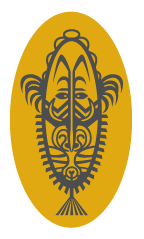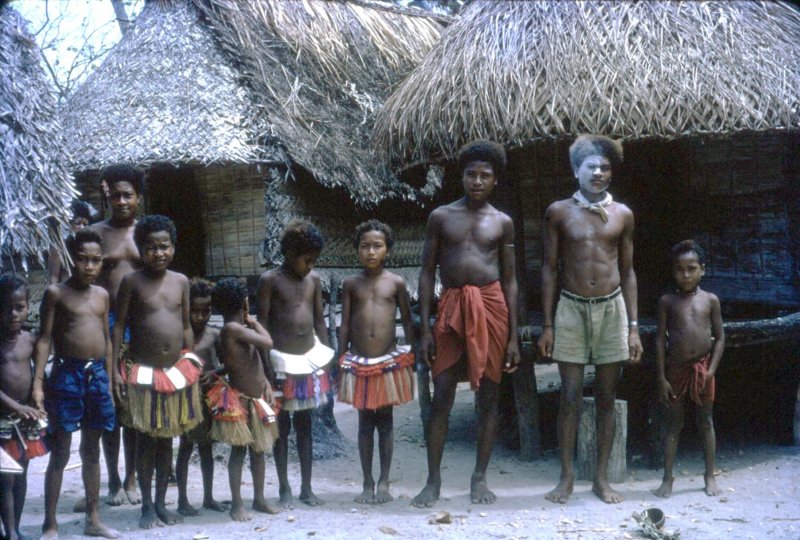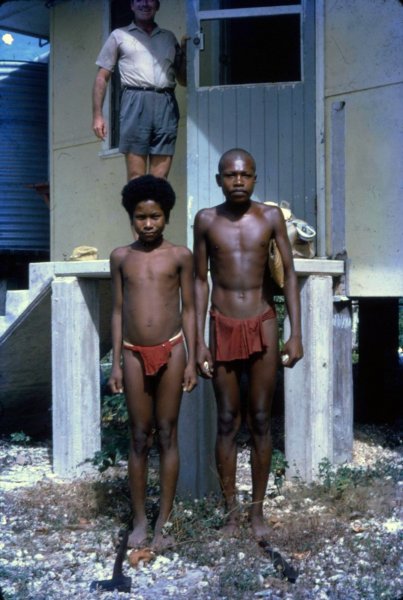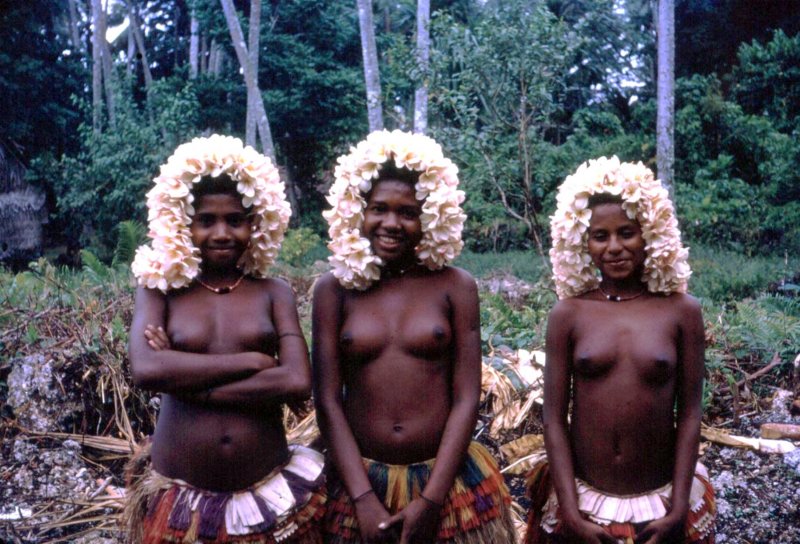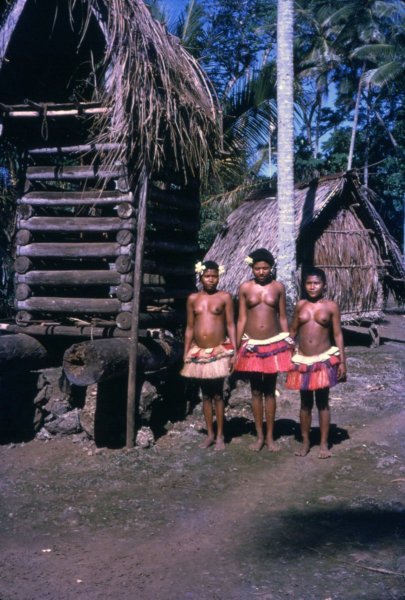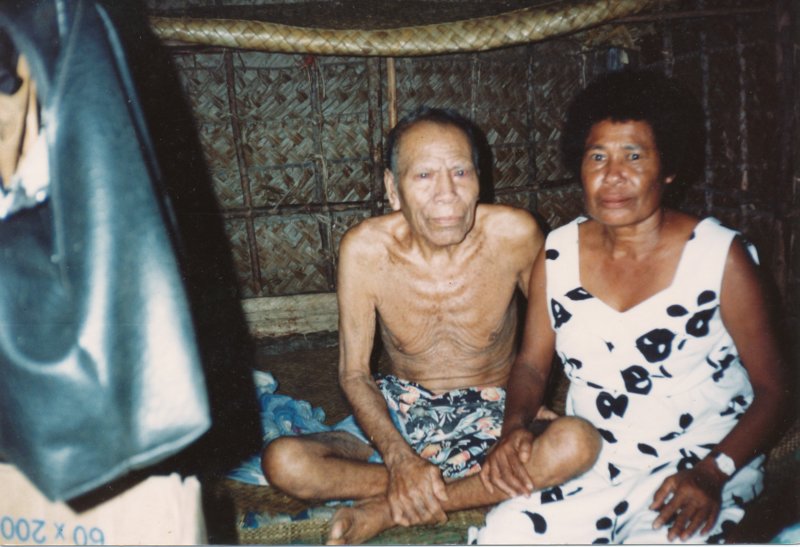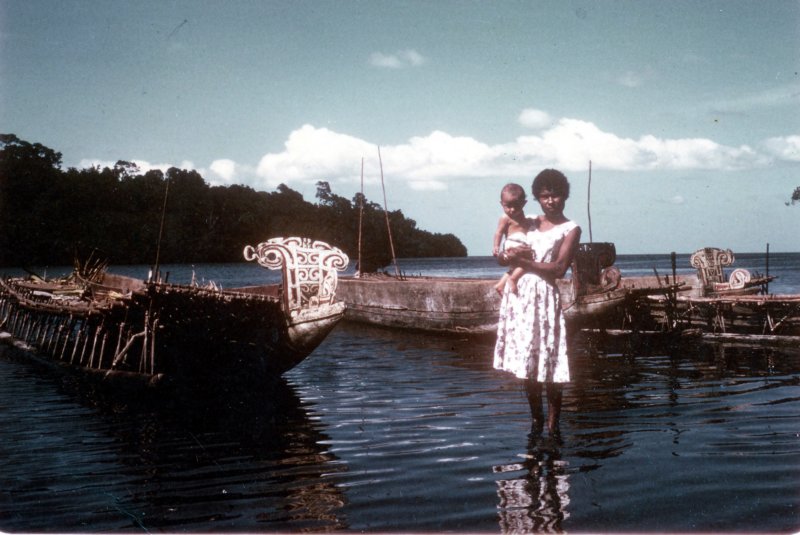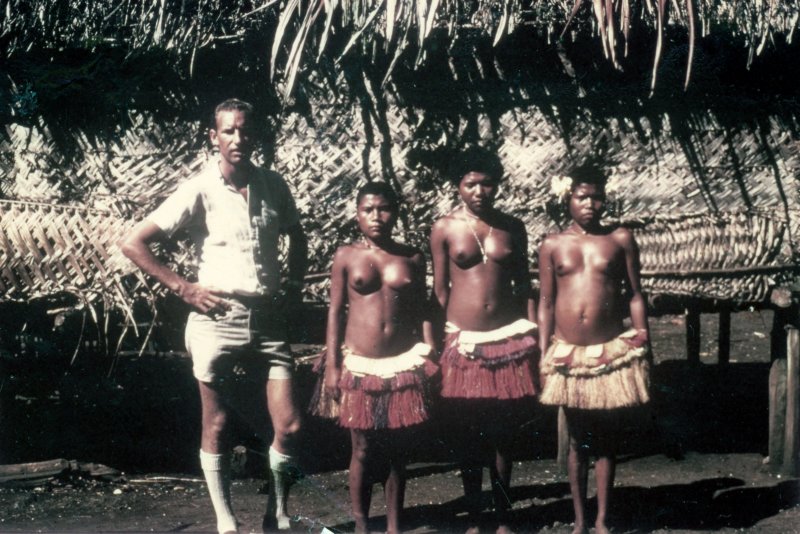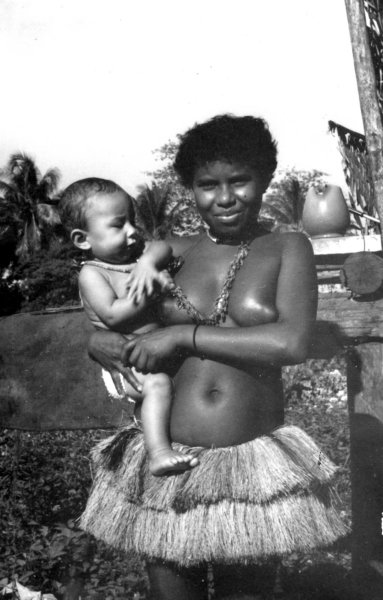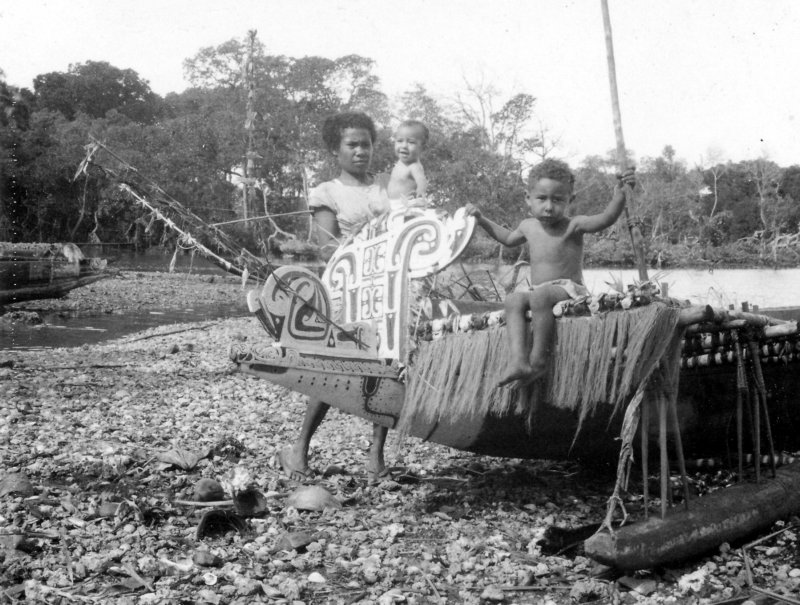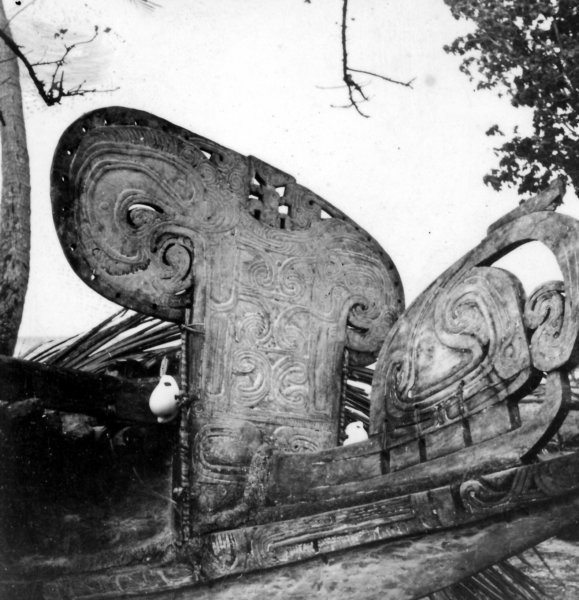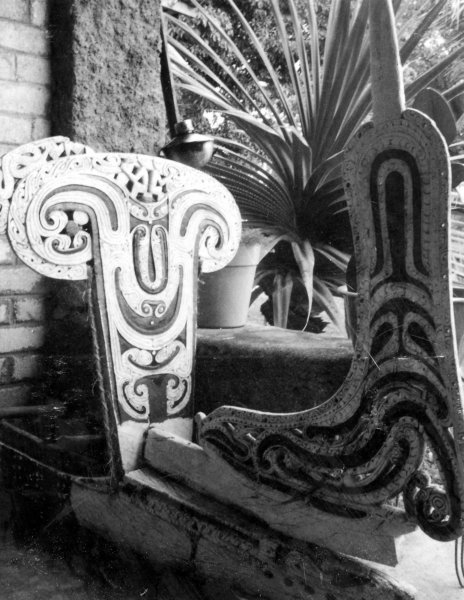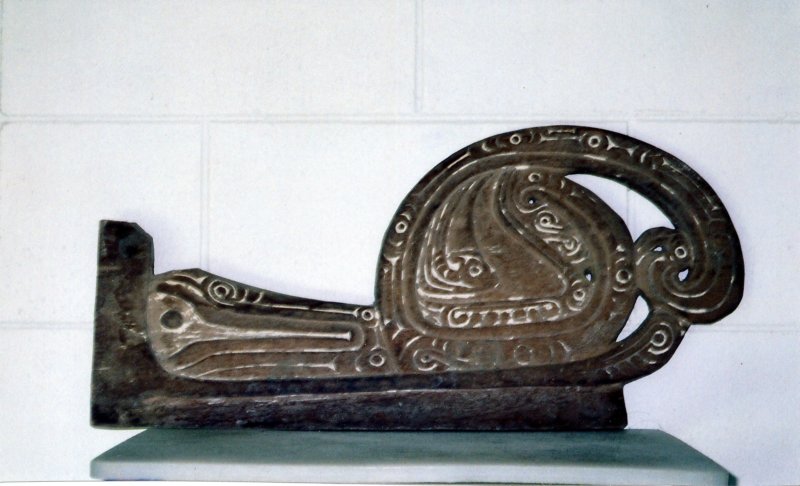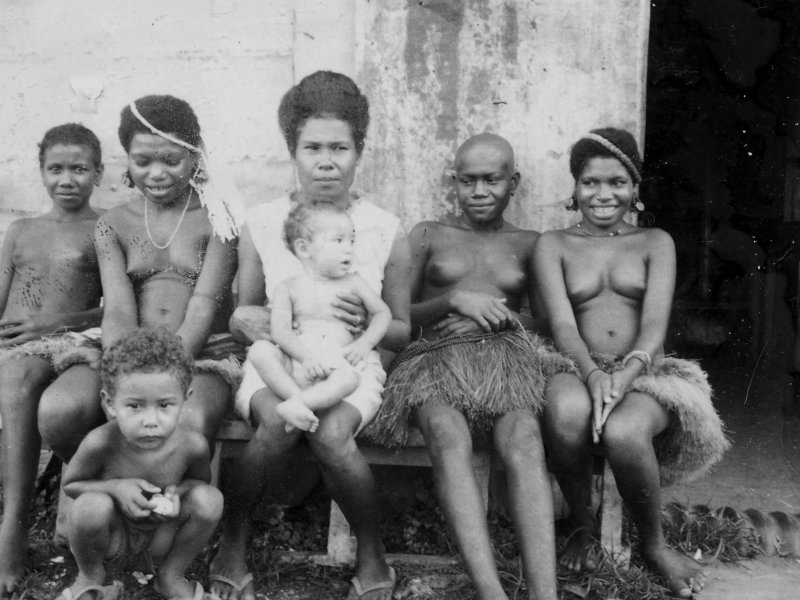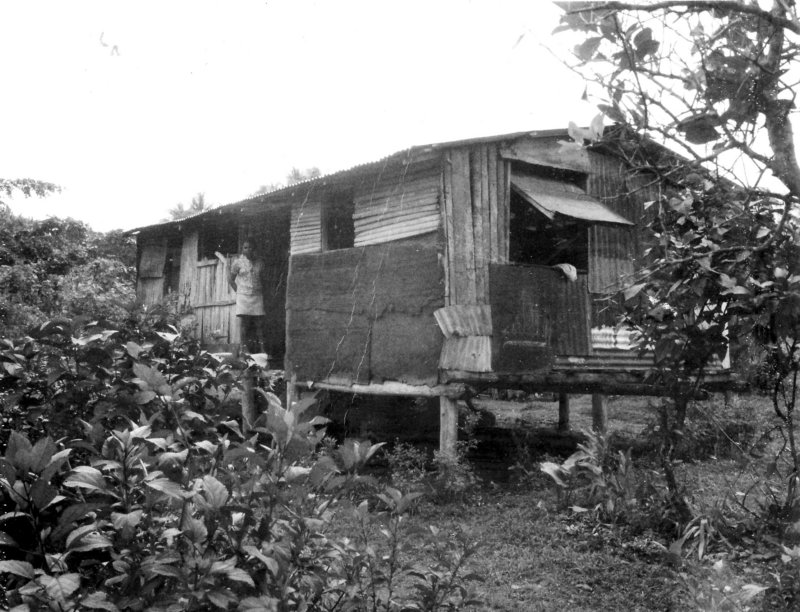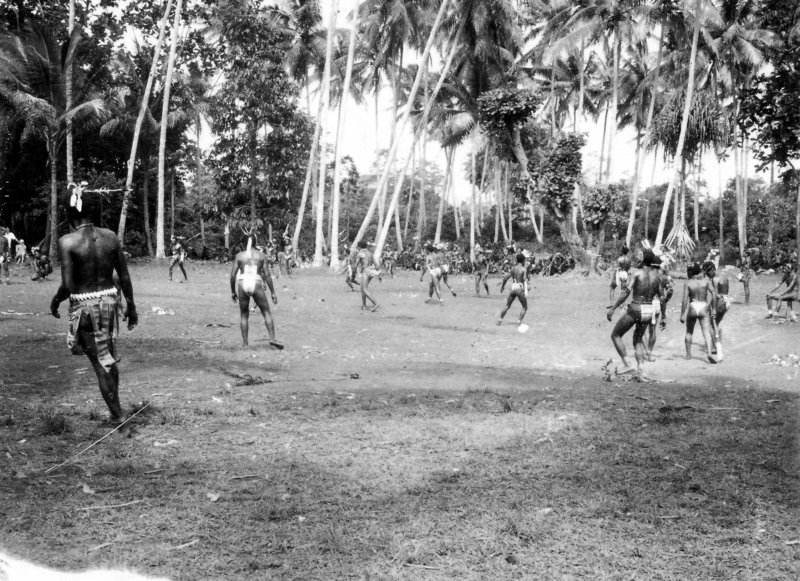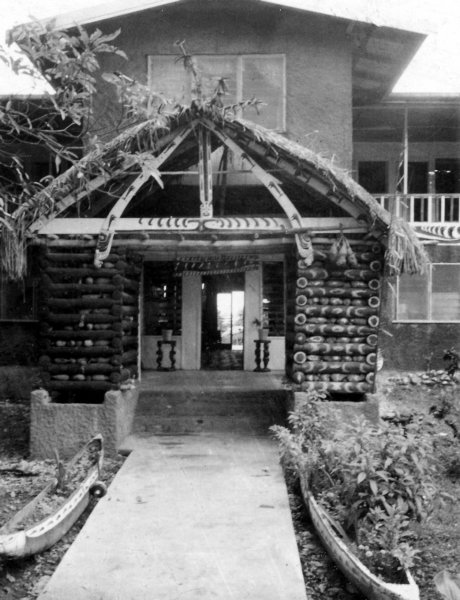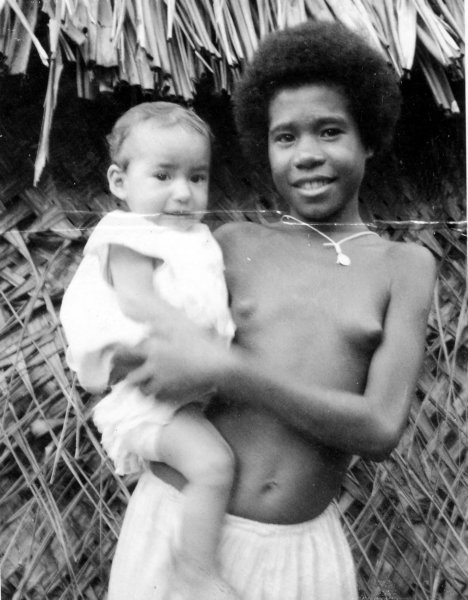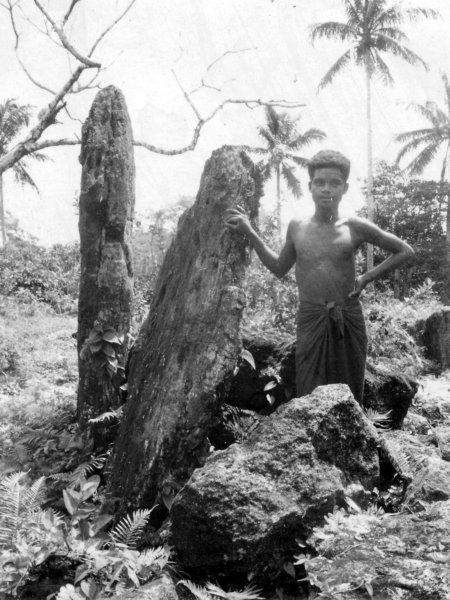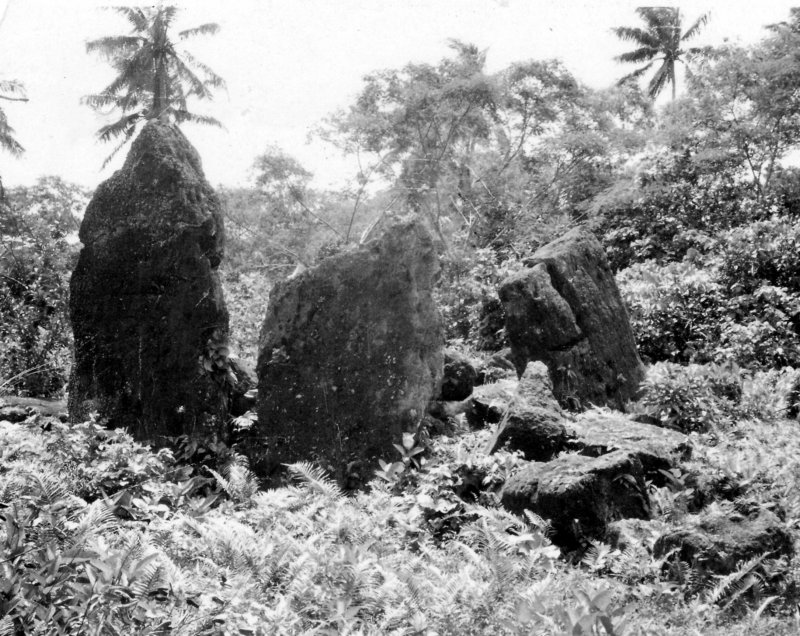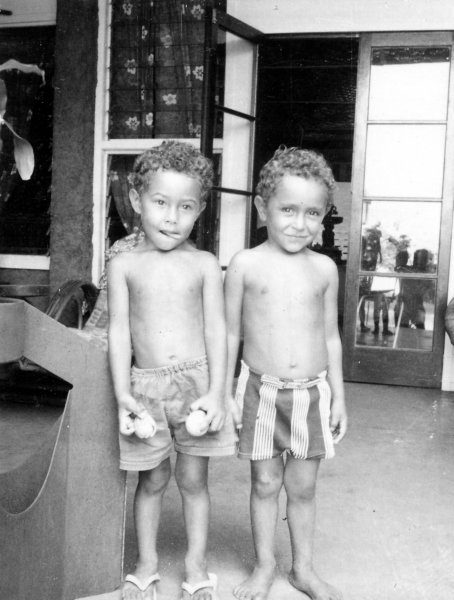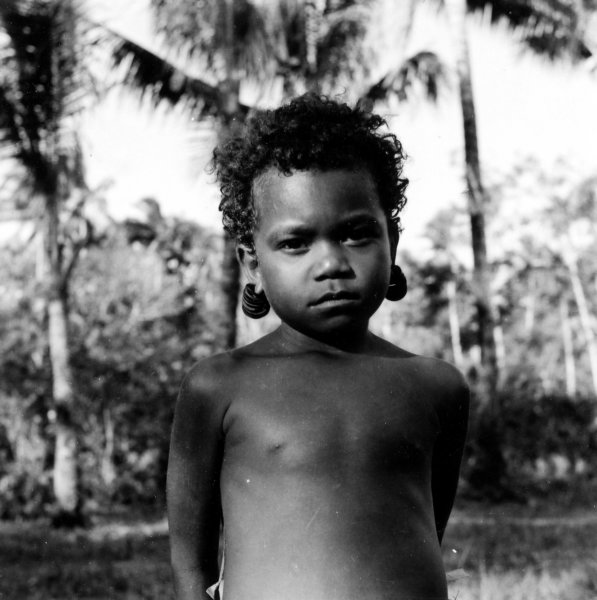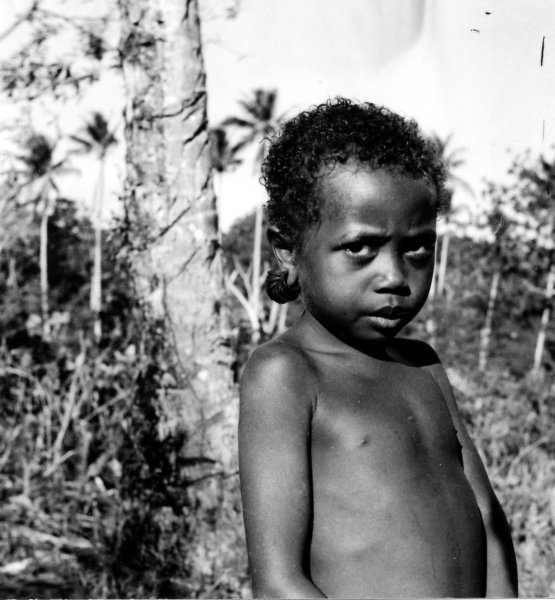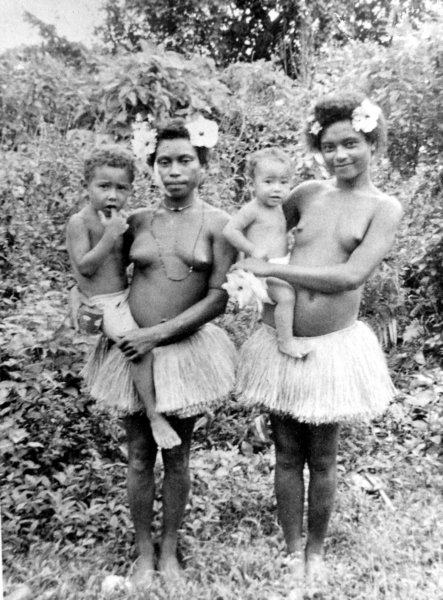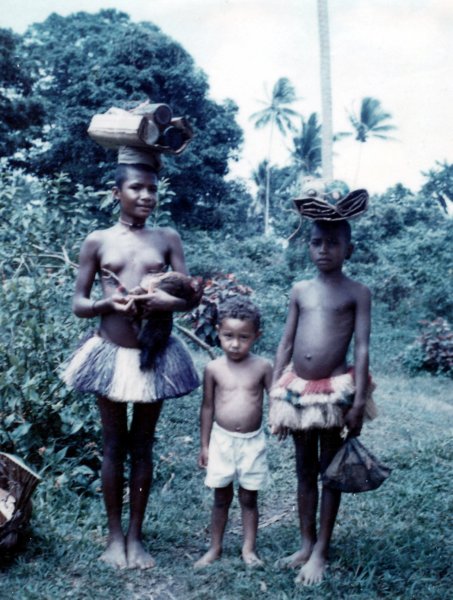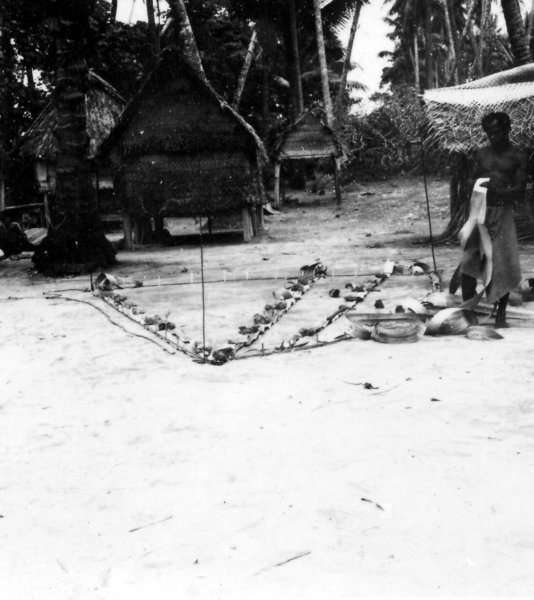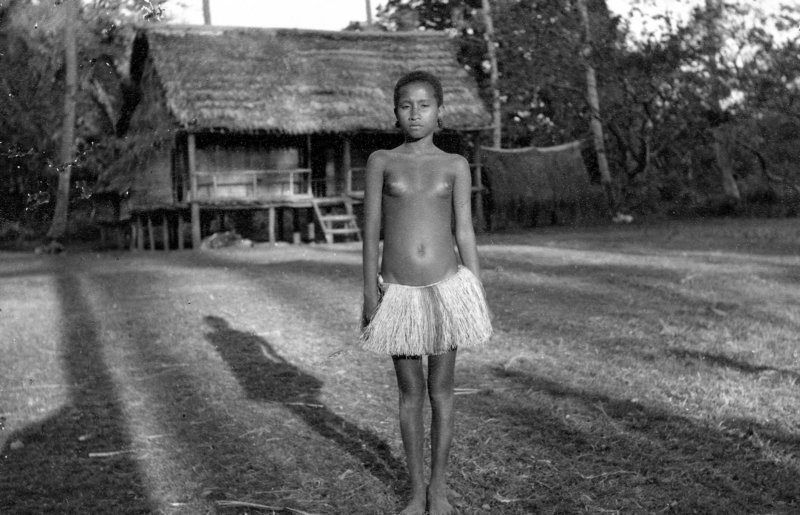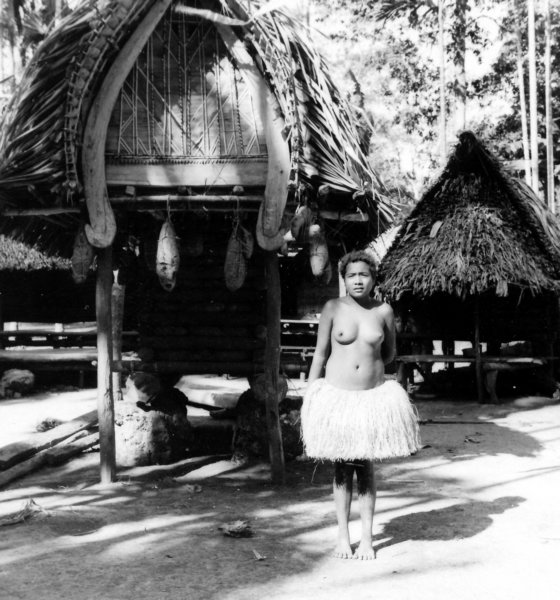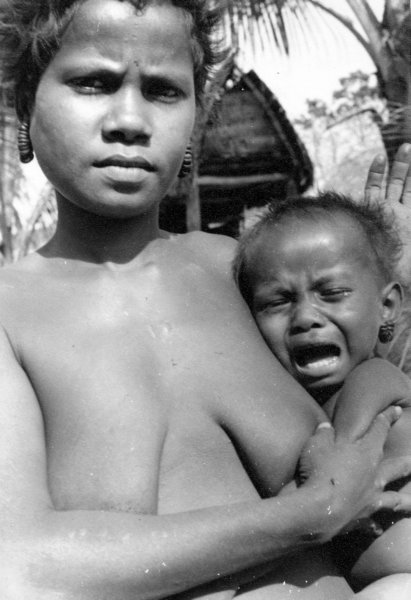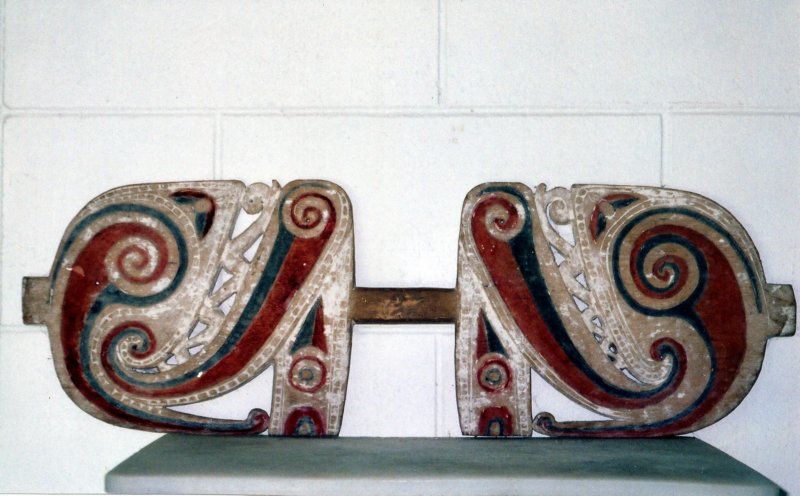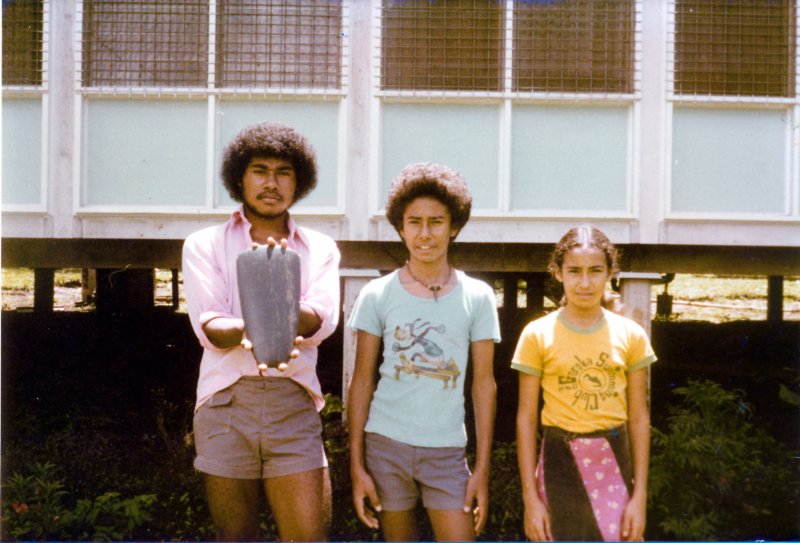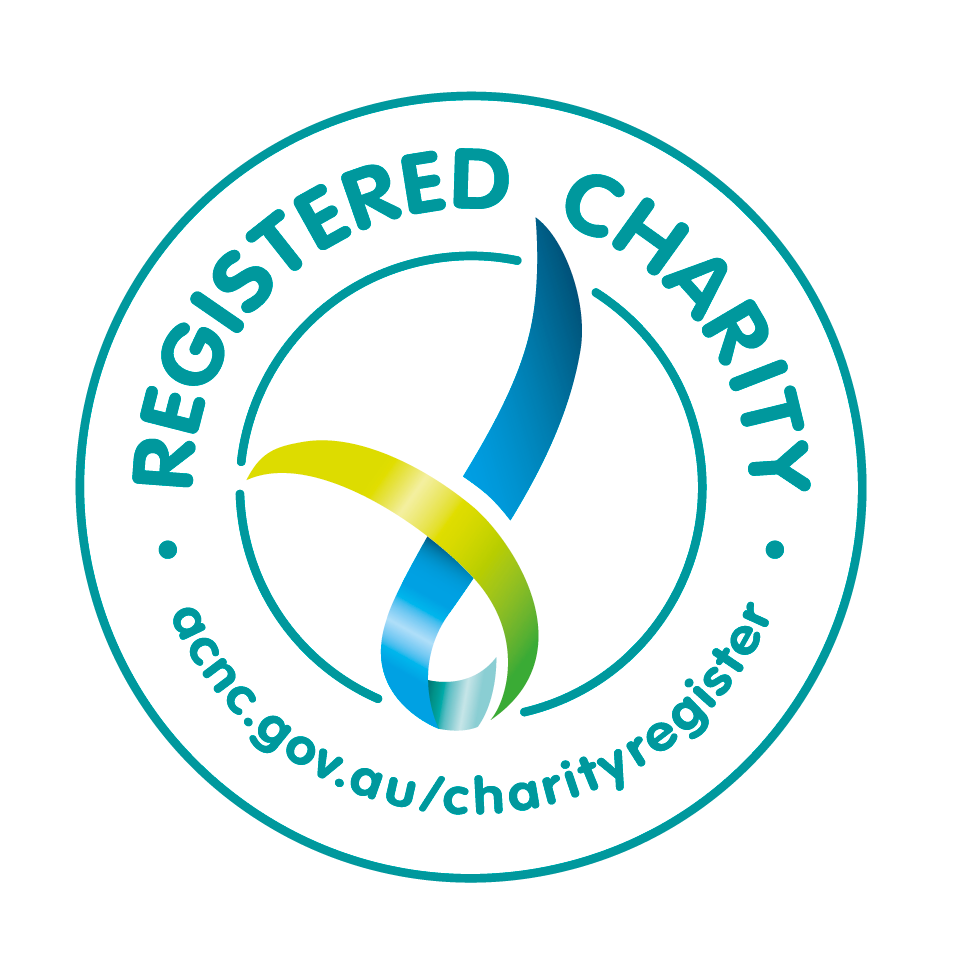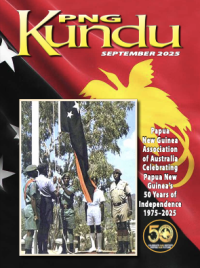Trobriand Islands – Milne Bay Province – Photos from Jim van der Kamp
Jim Van Der Kamp joined the PNG Public Health Department’s Malaria Control Programme as a Field Officer in January 1965 after 18 months service in the Army as a Medico in what was then Dutch New Guinea (now West Papua) and a break back in Holland. Following a few weeks in Popondetta and Wanigela, Jim’s first posting was at Bolubolu Patrol Post on Goodenough Island where he remained for 5 months. He then spent 14 months at Mapamoiwa on Fergusson Island, patrolling all the D’Entrecasteaux islands including Woodlark and the Trobriand islands. In mid 1966 Jim was transferred to Rabaul for further training at the then Malaria Institute. In January 1967 he was posted to Minj in the Western Highlands as District Malaria Supervisor, moving to Mount Hagen in 1969. September 1973 saw a posting to Kieta, Bougainville, as Provincial Malaria Supervisor. After six and a half years of extensive patrolling, Jim, in 1980, was transferred to Goroka in the Eastern Highlands Province and took up the position of Regional Inspector covering most of the Highland Provinces. Jim went “finish” in February 1985. Some of the following photographs show Jim’s late wife Sowama and their children Jacob and Rhonda.
…..
The Trobriand Islands (today officially known as the Kiriwina Islands) are a 440 square kilometre archipelago of coral atolls off the eastern coast of New Guinea and lie in the western Solomon Sea. They are located 65 km northeast from the D’Entrecasteaux Islands and 132 km west from the Woodlark Islands and are part of the Milne Bay Province of Papua New Guinea. Most of the population of 12,000 indigenous inhabitants live on the main island of Kiriwina, which is also the location of the government station, Losuia. Other major islands in the group are Kaileuna, Vakuta and Kitava.
…..
To view a ‘Google’ map, click here
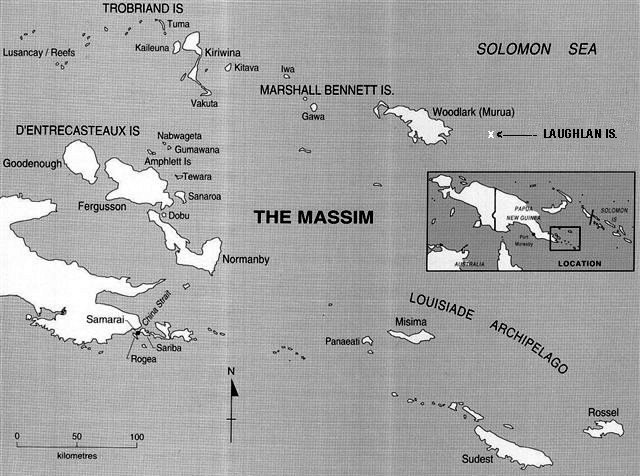
The MASSIM Archipelago spans 18 island communities and in this respect is synonymous with a ceremonial exchange system known as the Kula exchange or Kula ring. It involves thousands of individuals with participants travelling hundreds of miles by canoe in order to exchange Kula valuables.

A hot walk from Tukwaukwa to Okupukopu Village and back. Sowara's Uncle - Chief Muluboduma, a village girl and Sowama (1967)
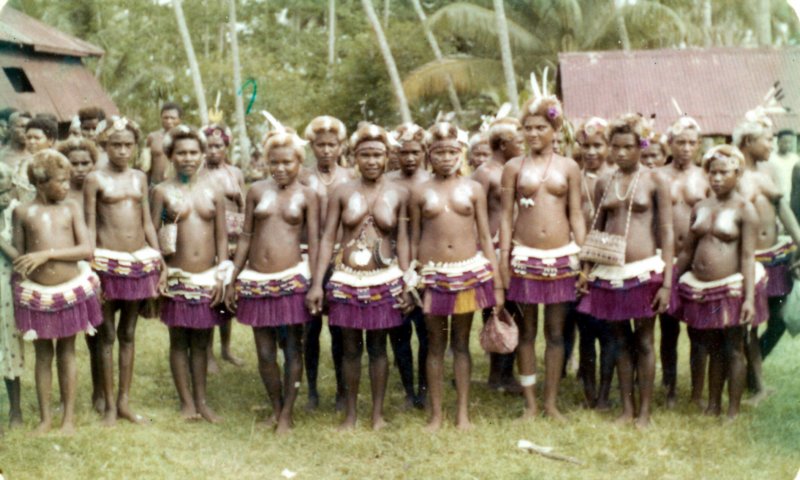
Slightly out of focus but shows festivities at Losuia Station. Sowama is shown middle front row wearing a necklace (soulava) and waistband (wakala), The tall girl 'Bogigai' (third from right) is of mixed Melanesian-European race.

Not the 'cricket' as we know it! Series of three photos (TROB8, TROB19 and TROB20) showing 'Cricket' - Trobriand Islands style.

Series of three photos (TROB8, TROB19 and TROB20) showing 'Cricket' - Trobriand Islands style. And all in traditional attire!
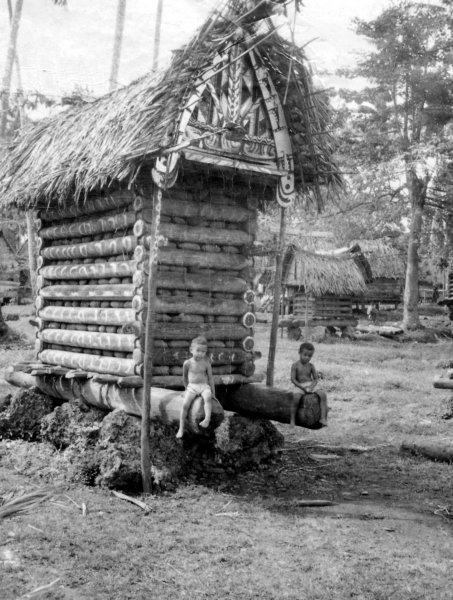
Son, Jacob, sitting on the supporting bearer of the Chiel's full Yam-house, centre of Tukwauka Village
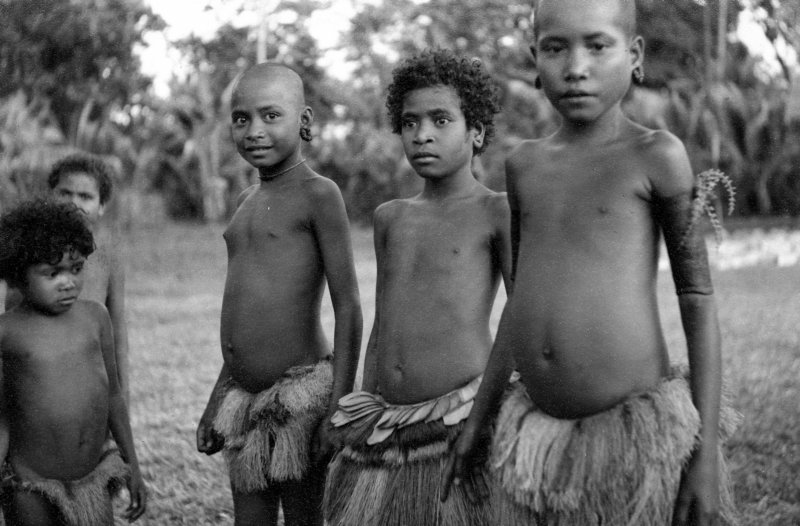
Girls of Omarakana, the Paramount Chief's village - note the right girl's armbands (kwasi) usually not worn by 'commoners'
